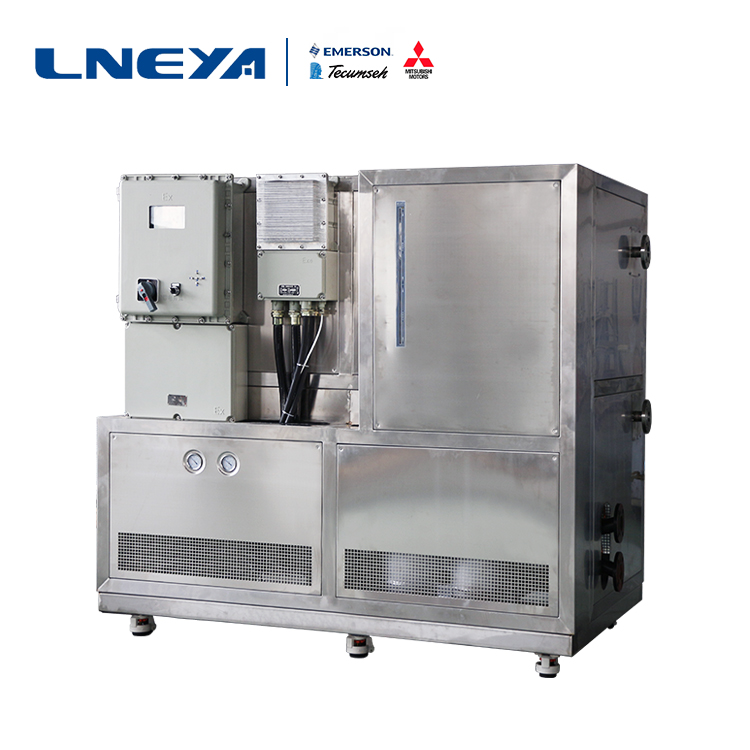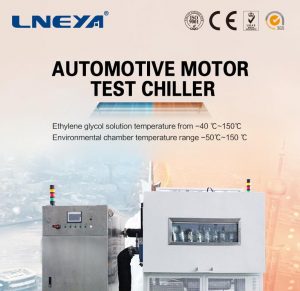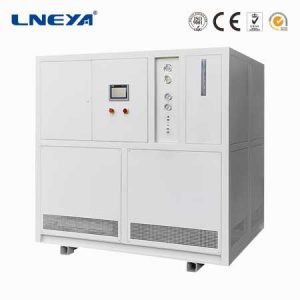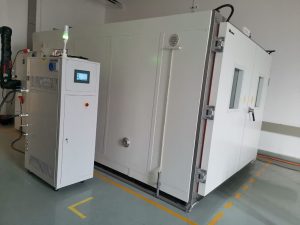Principle of TCU temperature control system
Use area: can be used in various explosion-proof areas
The temperature control unit (TCU) is mainly used in reactor heating, cooling temperature control in fine chemical, chemical pharmaceutical, and biopharmaceutical processes. It can realize automatic control of temperature rise, temperature drop, constant temperature and distillation during the reaction process, especially suitable for the reaction process. There is a process control that requires heat and heat.
When the TCU temperature control unit is in high-efficiency operation, it must pay attention to timely protection and maintenance. If the equipment is actively handled under the condition that the equipment is subject to defects, the service life of the equipment will become longer.
Users can get a closed and repeatable temperature control over a wide temperature range, temperature control from -120 to 300 °C; avoid the need for replacement of traditional equipment and jacket maintenance; smaller fluid volume is also guaranteed The control loop reacts quickly and the thermal reaction delay is small. Built-in electric heating and heat conduction and auxiliary system, can be automatically opened according to demand, reducing steam pressure. The device has a standardized interface, which can increase the heat source heat exchange module according to actual needs.
The TCU device opens the angle of the electric regulating valve according to the instruction given by the system PLC, and controls the flow rate of the low temperature liquid into the reaction jacket jacket, thereby achieving energy saving and high efficiency. All signals fed back by this process are based on temperature.

LNEYA’s TCU temperature control system principle:
1. The method of changing the control set value can respond to the system lag in the process as soon as possible, and get a small system overshoot. Control consists of two sets of PIDs (each group of PIDs are variable) control loops;
2. A specially designed lag predictor (no model self-built tree algorithm) generates a dynamic signal yc(t) instead of the process variable y(t) as a feedback signal. Generating an e(t) signal to the controller to cause the controller to predict that the control action has no large hysteresis, so that the controller can always generate a suitable control signal;
3. Through three-point sampling (material temperature point, temperature control system outlet temperature, temperature control system inlet temperature), through our company’s own model-free self-built tree algorithm and general anti-lag cascade algorithm.
Related recommendations
-
Motor test chiller compressor causes wear
1606Motor testing chiller oil quality may be one of the main reasons affecting crankshaft wear. If the engine oil is used in the chiller refrigeration system, the engine oil that does not meet the requirements and is of poor quality may cause cranksha...
View details -
Application Of Jacketed Reactor Cooling And Heating System In Chemical Reactions
1509In the chemical industry, jacketed reactor cooling and heating devices are widely used in various chemical reactions. Application of jacketed reactor cooling and heating devices in various chemical reactions: Polymerization is a c...
View details -
60P ultra-low temperature water chiller consumes too much energy and needs attention
136560p ultra-low temperature water chillers of different manufacturers have different performance configurations and different energy consumption. If you find that the energy consumption is too large, you must check in time to see if there is a probl...
View details -
How will the battery be affected when the fuel cell vehicle starts cold at low temperature?
1651At present, the topic of fuel cell vehicles in China is relatively hot. Fuel cell vehicles have the advantages of large market space, high technological status, short hydrogenation time, high battery life, and low pollution. However, at present, f...
View details
 LNEYA Industrial Chillers Manufacturer Supplier
LNEYA Industrial Chillers Manufacturer Supplier













